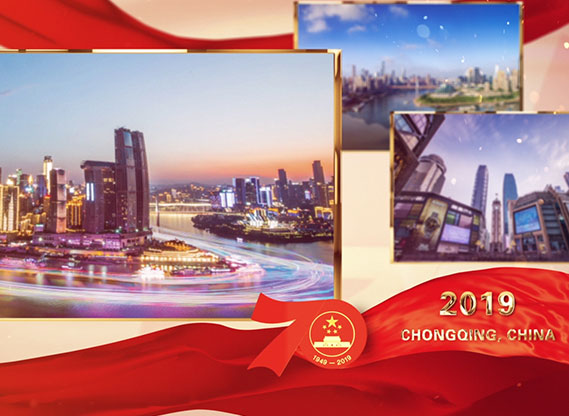DEVELOPMENT HISTORY

LATEST

-
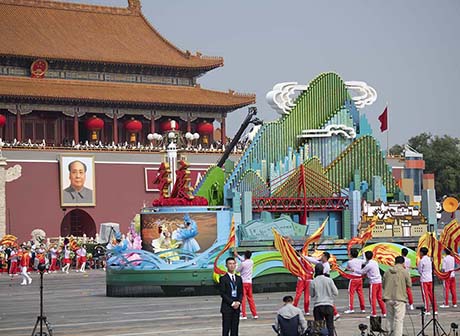
- Charming Chongqing Float on Display in People's Square
- On October 12, the Charming Chongqing float was sent to the People’s Square of Chongqing and it will be displayed to the public for free after redecoration.
-
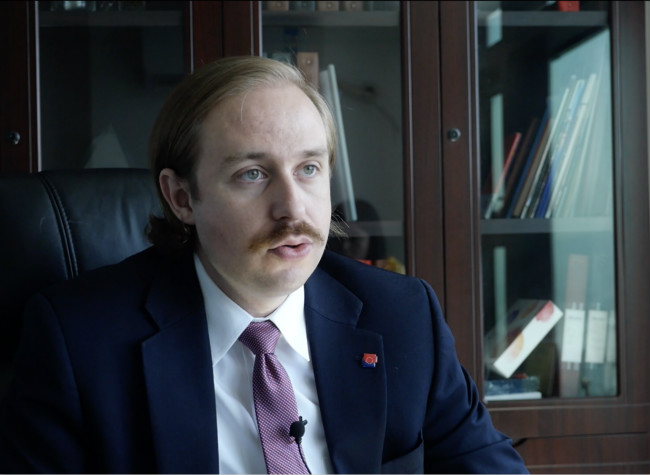
- International Circle of Friends: European Companies Enjoy Vigorous Development in Chongqing
- In this episode, iChongqing interviewed with Mr. Eric.T.Haun, Board Member of Southwest Chapter of European Chamber of Commerce in China, to share his ideas on Chongqing's investment environment and European companies development here.
-

- Chongqing's Intangible Cultural Heritage Stages at China's National Day Gala
- Two intangible cultural heritage items from Chongqing staged at National Day Gala: Dazu Carp Lantern Dance and Tongliang Dragon Dance.
ACHIEVEMENT

Chongqing’s Economical and Social Development in 70Years
-
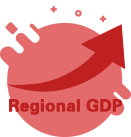 In 2018, Chongqing’s regional GDP reached 2.036319 tillion yuan (about 286 billion USD), 1466 times of that in 1949 and with an average annual growth rate of8.3%.
In 2018, Chongqing’s regional GDP reached 2.036319 tillion yuan (about 286 billion USD), 1466 times of that in 1949 and with an average annual growth rate of8.3%. -
 In 2018, GDP per capita reached 65,933 yuan (about 9259 USD), 758 times that of 1949, with an average annual growth rate of7.2%.
In 2018, GDP per capita reached 65,933 yuan (about 9259 USD), 758 times that of 1949, with an average annual growth rate of7.2%. -
 Chongqing now has 39 of the 41 major categories of industries in the country, and the total industrial scale of the city exceeds2 trillion yuan.
Chongqing now has 39 of the 41 major categories of industries in the country, and the total industrial scale of the city exceeds2 trillion yuan. -
 The sales revenue of intelligent industry increased by 19.2% in 2018. The added value of the digital economy accounted for21.4%of the regional GDP in 2018.
The sales revenue of intelligent industry increased by 19.2% in 2018. The added value of the digital economy accounted for21.4%of the regional GDP in 2018. -
 Chongqing’s tourism revenue continued to grow by more than30%.
Chongqing’s tourism revenue continued to grow by more than30%. -
 Chongqing's forest coverage rate reached48.3%, of which the forest coverage rate on both sides of the Yangtze River exceeded 50%, and the ecological function continued to increase.
Chongqing's forest coverage rate reached48.3%, of which the forest coverage rate on both sides of the Yangtze River exceeded 50%, and the ecological function continued to increase. -
 The amount of good-air-quality days in Chongqing increased to316.
The amount of good-air-quality days in Chongqing increased to316. -
 As of the end of 2018, 14 counties and districts of 18 poverty-stricken ones had got out of poverty, and a total of1.712million people had been lifted out of poverty, and the incidence of poverty was reduced to0.7%.
As of the end of 2018, 14 counties and districts of 18 poverty-stricken ones had got out of poverty, and a total of1.712million people had been lifted out of poverty, and the incidence of poverty was reduced to0.7%.
Chongqing’s Opening-Up During the Past 70 Years
-
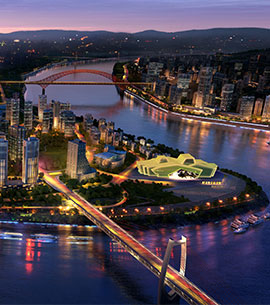
Chongqing has fully integrated the joint construction of the Belt and Road and the development of the Yangtze River Economic Belt and accelerated to be an opening-up pioneer in hinterland China.
-
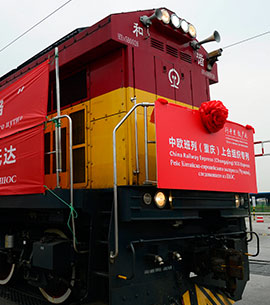
China Railway Express (Chongqing) accumulatively operates more than 4,100 shifts, and overseas collection and distribution points cover more than 30 cities in 11 countries.
-
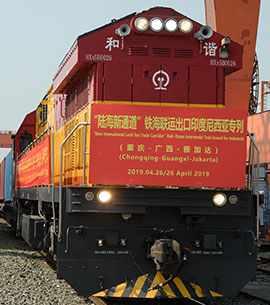
The New International Land-Sea Trade Corridor formed three transport modes, and the land-sea intermodal transport trains are operated two-way daily and had a total of 1200 shifts.
-
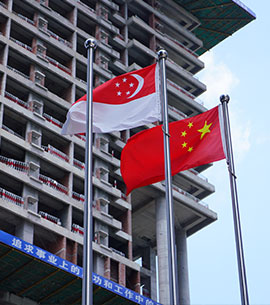
The project of China-Singapore (Chongqing) Demonstration Initiative on Strategic Connectivity has a total of 182 contracted projects with a total amount of 26.46 billion USD.
-
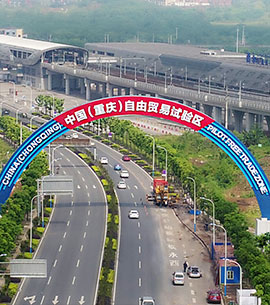
The China (Chongqing) Pilot Free Trade Zone formed 197 institutional innovations, and 12 of them were spread across the country.
-
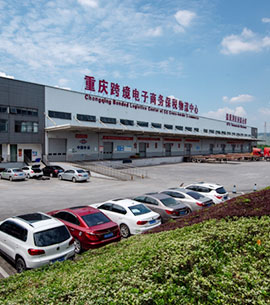
The actual use of foreign capital remained above 10 billion U.S. dollars for eight consecutive years. In 2018, the import and export of volume reached 522.26 billion yuan.
-
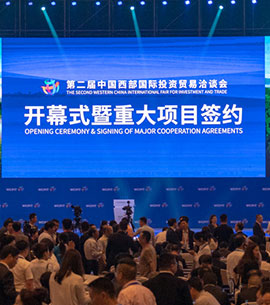
287 Fortune 500 companies have settled in Chongqing. Smart China Expo and China Western International Investment and Trade Fair have become nationally renowned exhibitions.
-
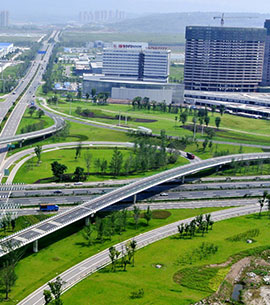
Chongqing has built 2,371 kilometers of railway, 3,096 kilometers of an expressway, 1,400 kilometers of high-grade shipping, and 156 domestic and 87 international flight paths.
-
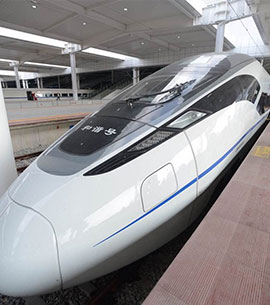
The total length of high-speed rail reached 381 kilometers after the completion and operation of Chengdu-Chongqing and Chongqing-Wanzhou high-speed railways.
-
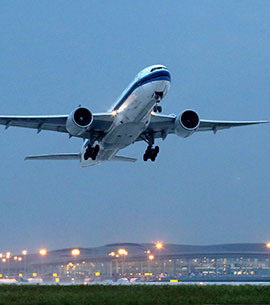
Chongqing Jiangbei International Airport has developed into a comprehensive hub with three runways. It covers an area of over 500,000 square meters of terminal buildings.
-
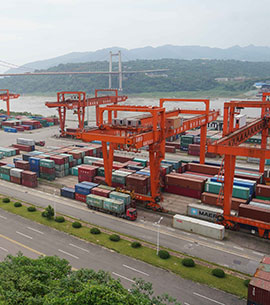
Chongqing, as a shipping center on the upper reaches of the Yangtze River, started to take shape. In 2018, the port cargo throughput exceeded 200 million tons.
-
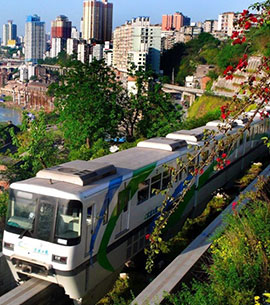
The urban rail transit has a mileage of 313 kilometers, and the three-dimensional transportation system of a modern metropolis has formed.








